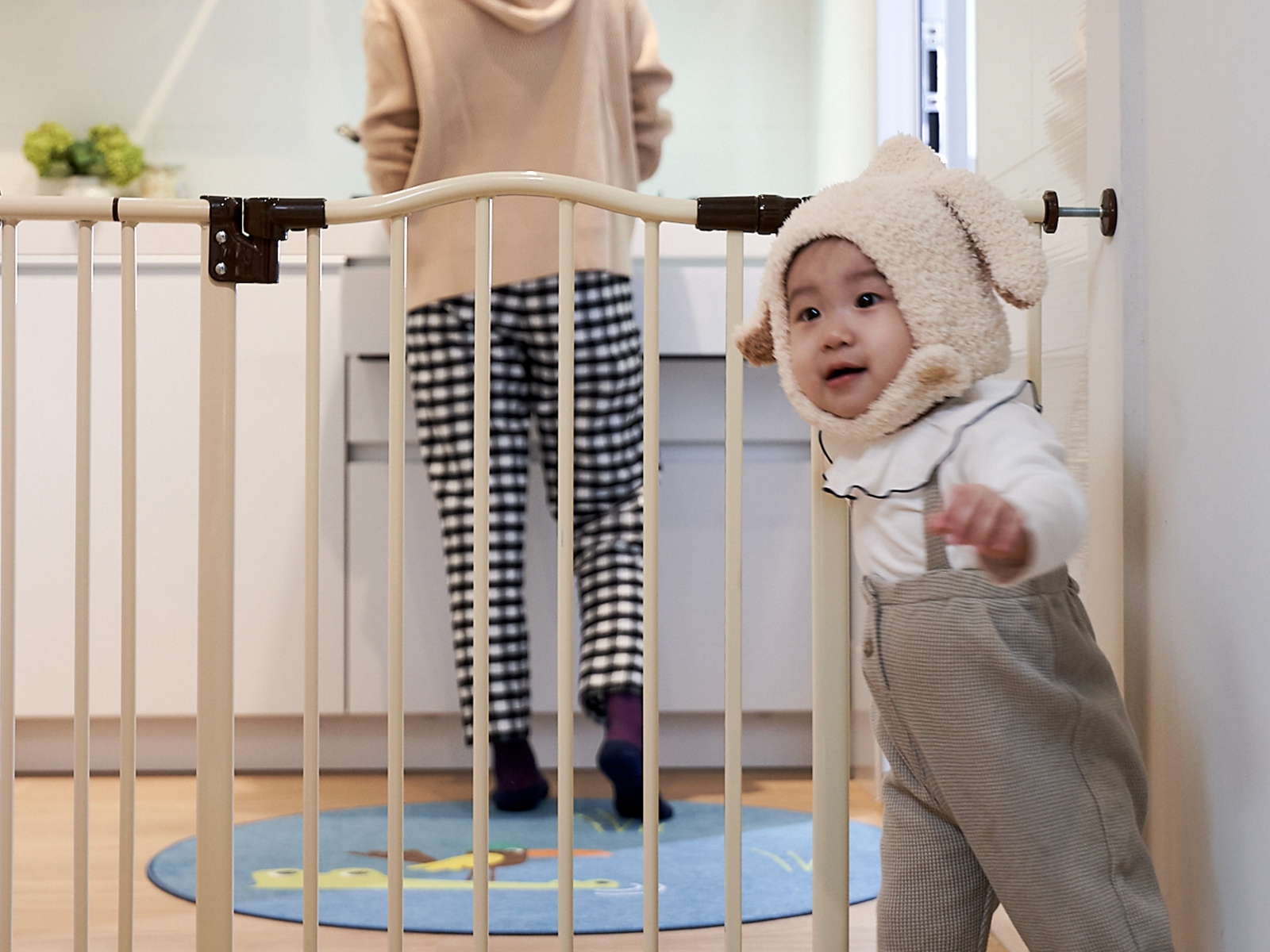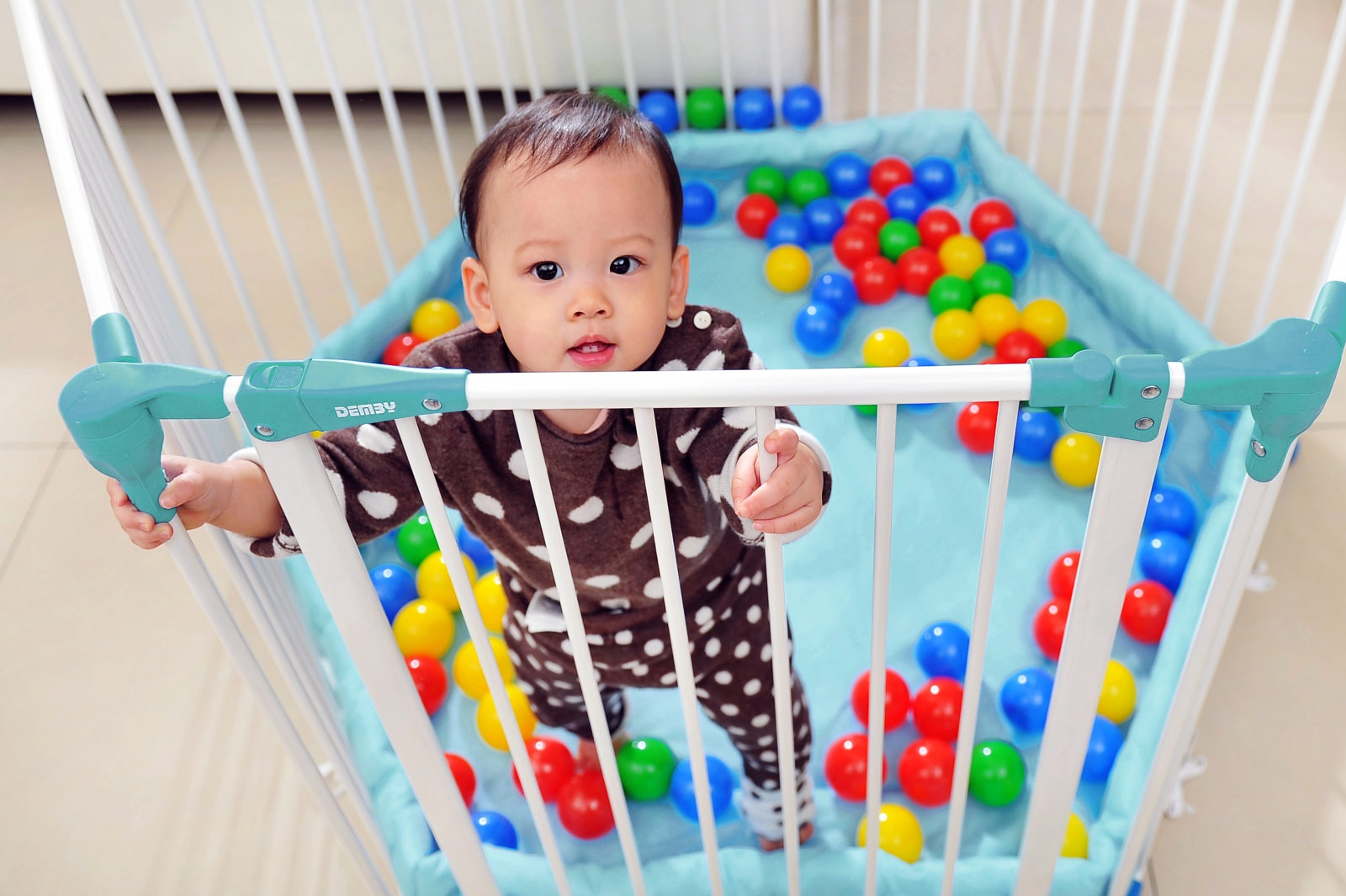Child Safety Enclosure: Understanding the Difference Between Gates and Fences
Talking about child safety enclosures, many parents might not be entirely clear on the role that fences play in their baby's growth process. So, what exactly sets gates apart from fences? If you already have a gate at home, do you still need a fence? This piece aims to address each of these questions and clear up any confusion!
Gate and Fence: Double Protection to Create a Safe Space for Kids at Home
Today, I'm here to introduce not only gate barriers but also another great tool for parents to create a safe environment at home - the child safety enclosure. If child safety gates act as the moat around the castle, then the space within the safety enclosure is the fortress for the baby.
The enclosure not only serves to protect the baby, preventing them from being harmed by the thorns and mines outside the castle walls (think about those sharp table corners or tangled power cords at home); it also creates a dedicated play area for the baby to freely enjoy and explore in a safe space. This provides parents with peace of mind knowing that their little one can play and have fun while they focus on other tasks or briefly divert their attention away from the baby.
Safety gates are suitable for use at porch entrances, staircases, or areas with left and right wall frames, effectively partitioning off entire spaces. However, safety gates may have inherent limitations when it comes to installation in multi-angle spaces, such as limitations in extension or angle adjustments.

As for the enclosure, it's ideal for providing localized protection. Its standout feature is its ability to easily adapt to various shapes. In addition to creating a dedicated play area for the baby, it can also be expanded and installed in irregular passageways, open-plan kitchens, balconies, or staircases around the home.

For babies, many areas in the home can be dangerous. By effectively utilizing the characteristics of gates and fences, parents can provide double protection and create a safer home environment for their little ones.
For example, parents can install a gate barrier at the entrance to the kitchen and set up a play area in the living room for the baby. This way, when parents are cooking, they not only prevent the baby from unexpectedly entering the kitchen and facing danger but also ensure that the baby stays within a safe area when briefly left unattended in the living room.
Additionally, unlike gate barriers, fences can be used outdoors where there are no walls. Whether it's camping or picnicking, parents can create a dedicated space for their baby, ensuring safety and peace of mind even in outdoor settings.
.jpg)
After the explanation above, you'll see that gates and fences serve similar yet distinct purposes. One thing is certain: they're both there to safeguard the safety of toddlers at home. Having an extra layer of protection means added security. Ultimately, you can choose based on your own needs and the practicality of your environment!